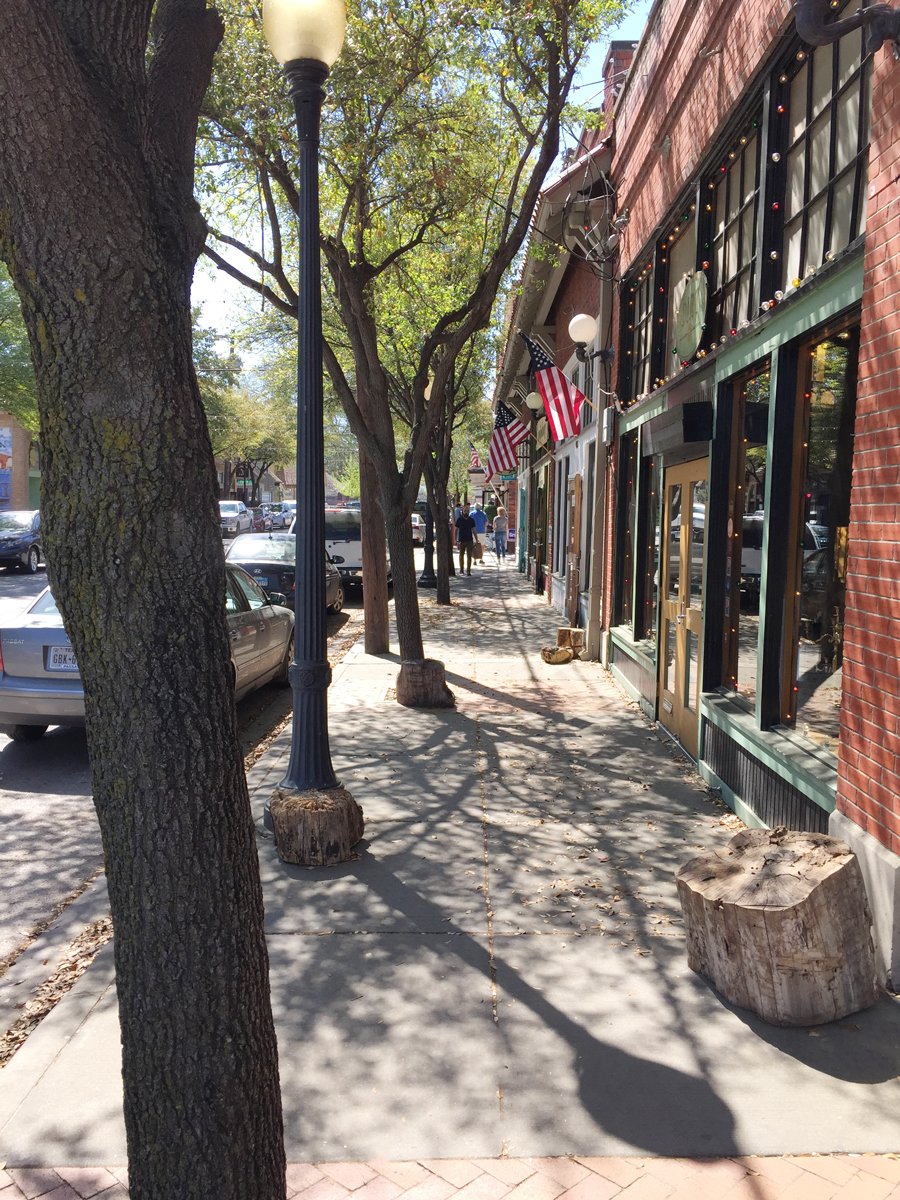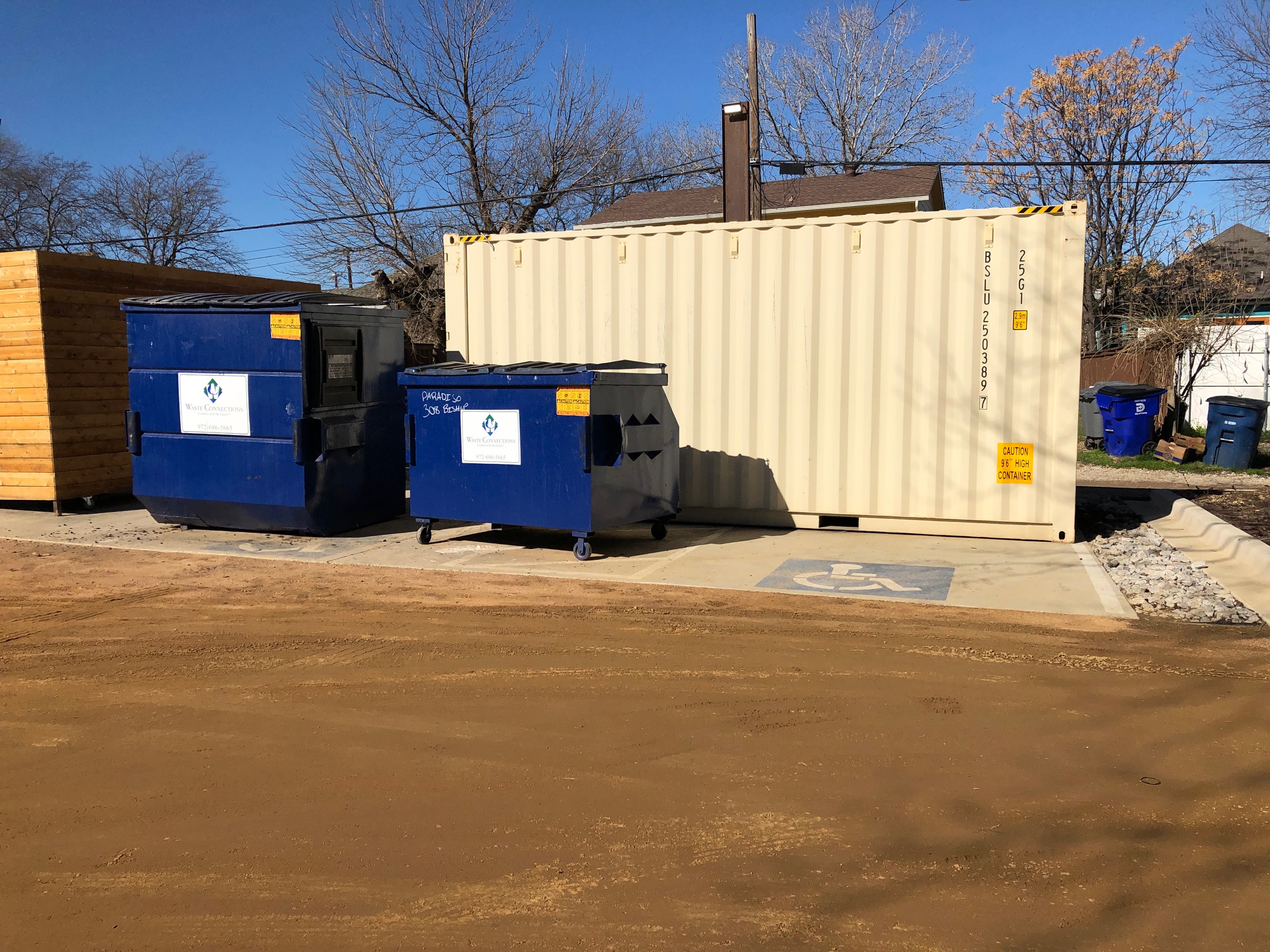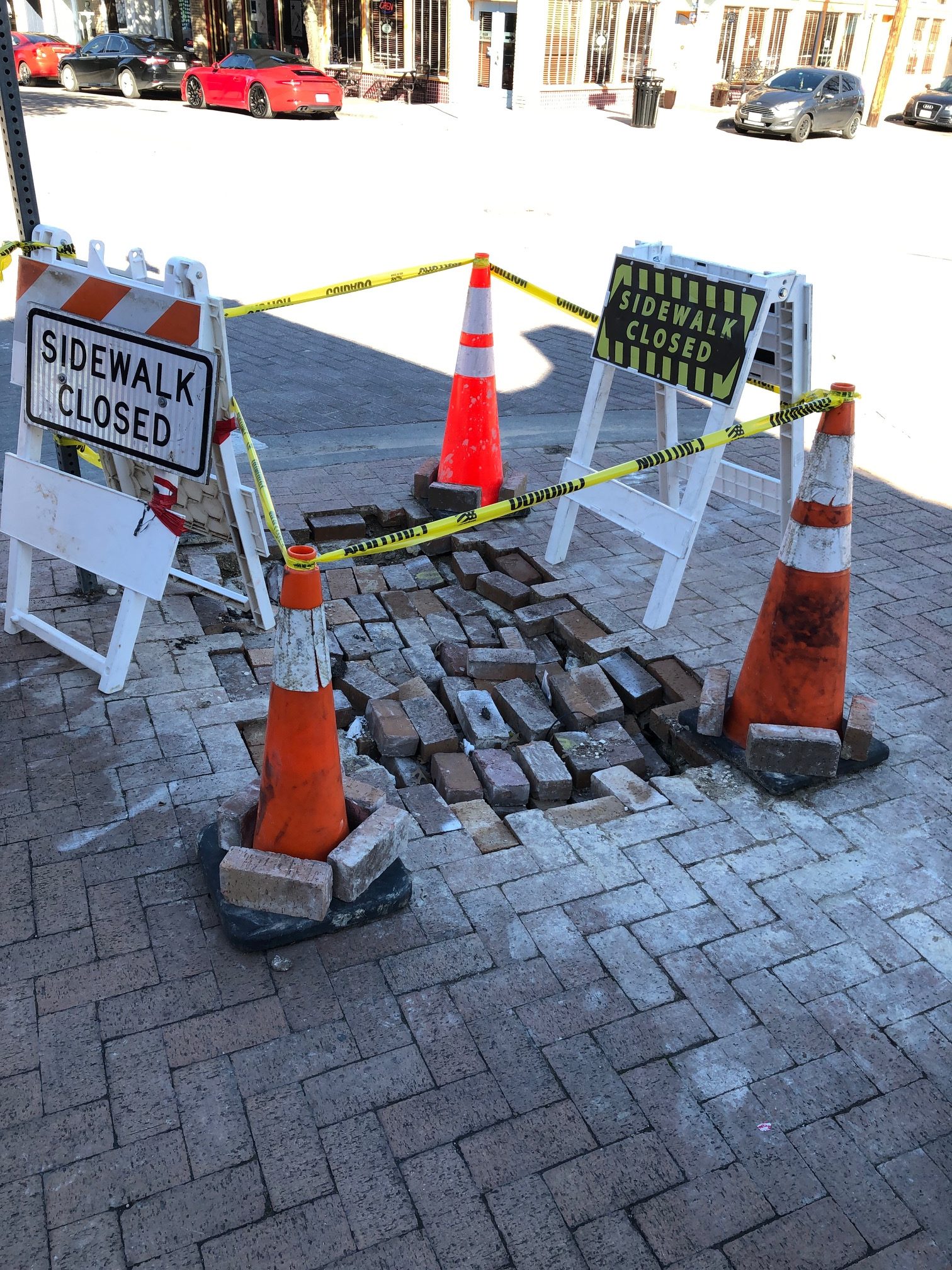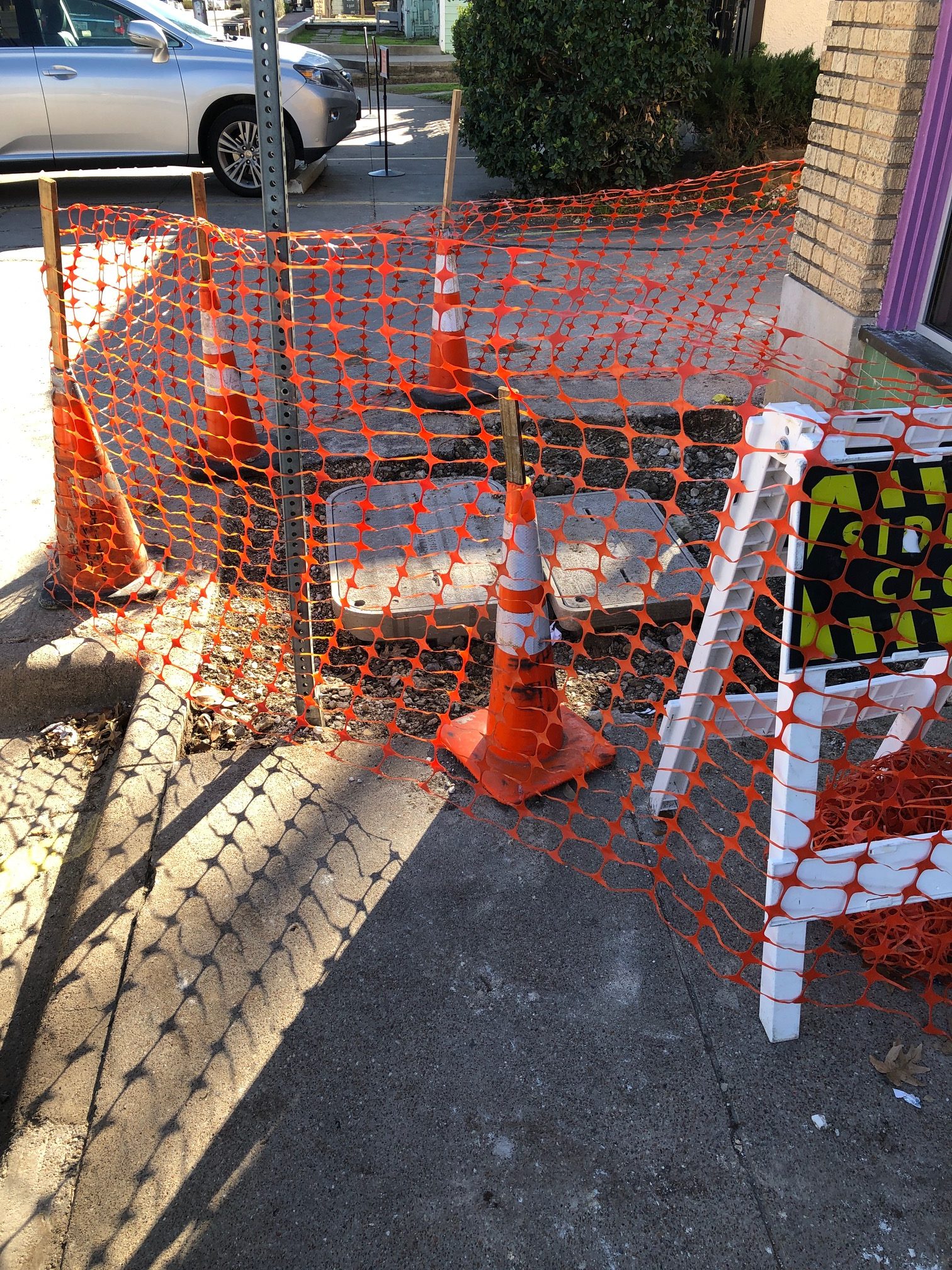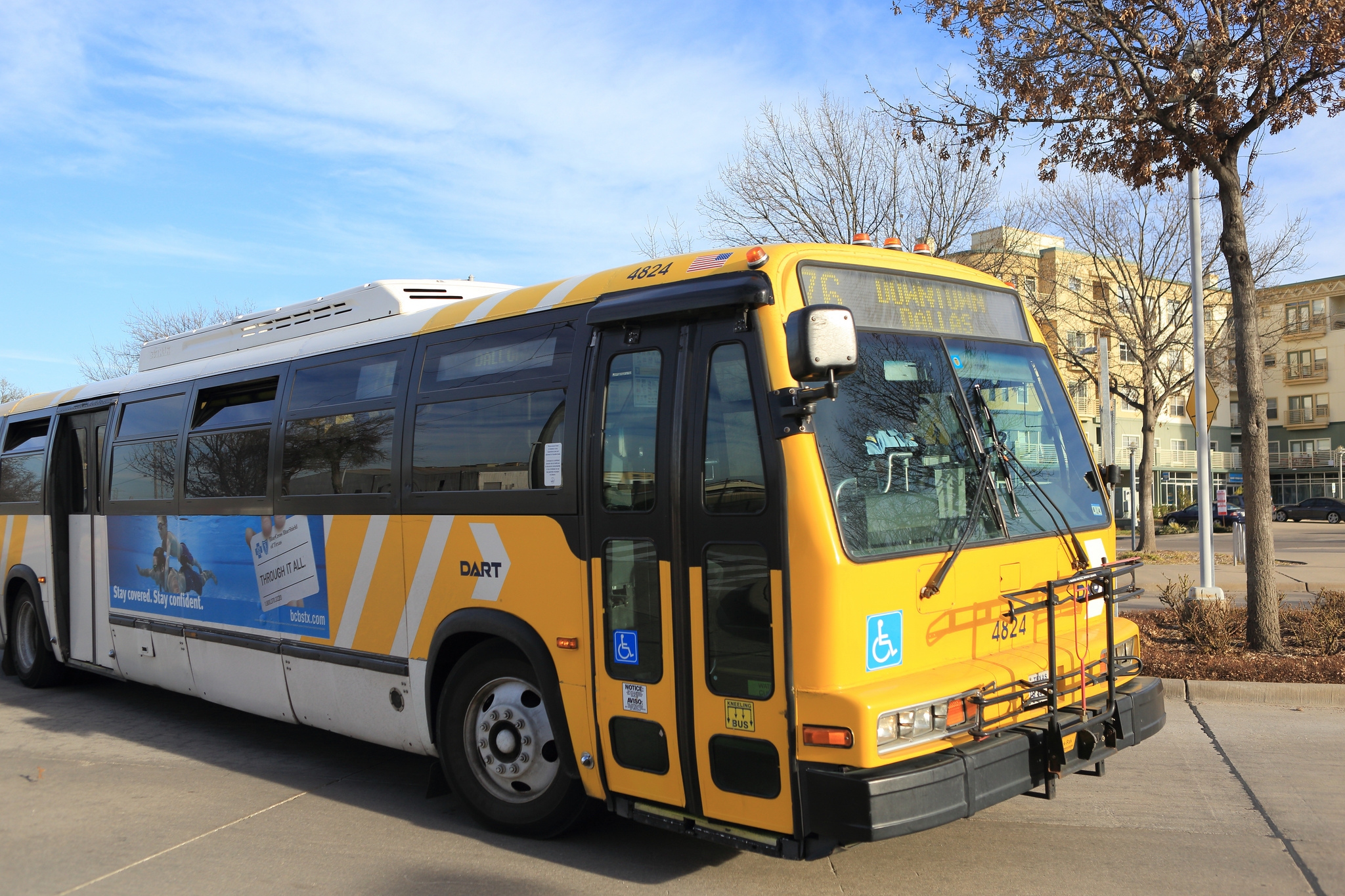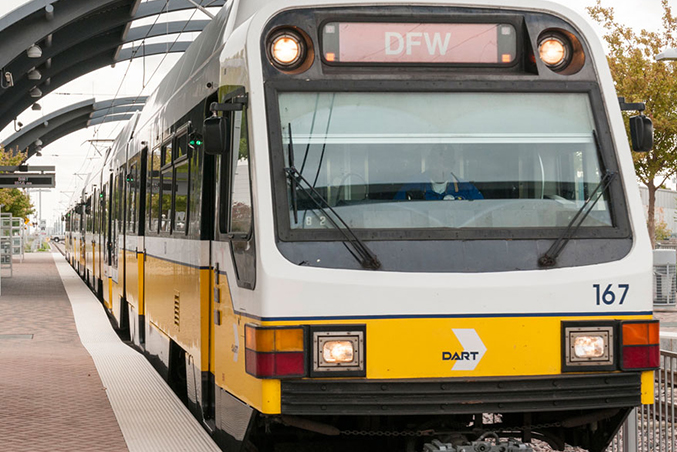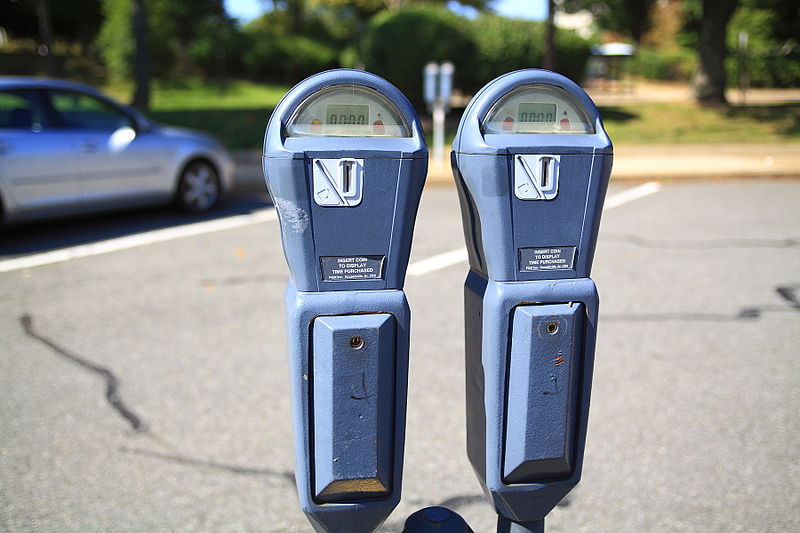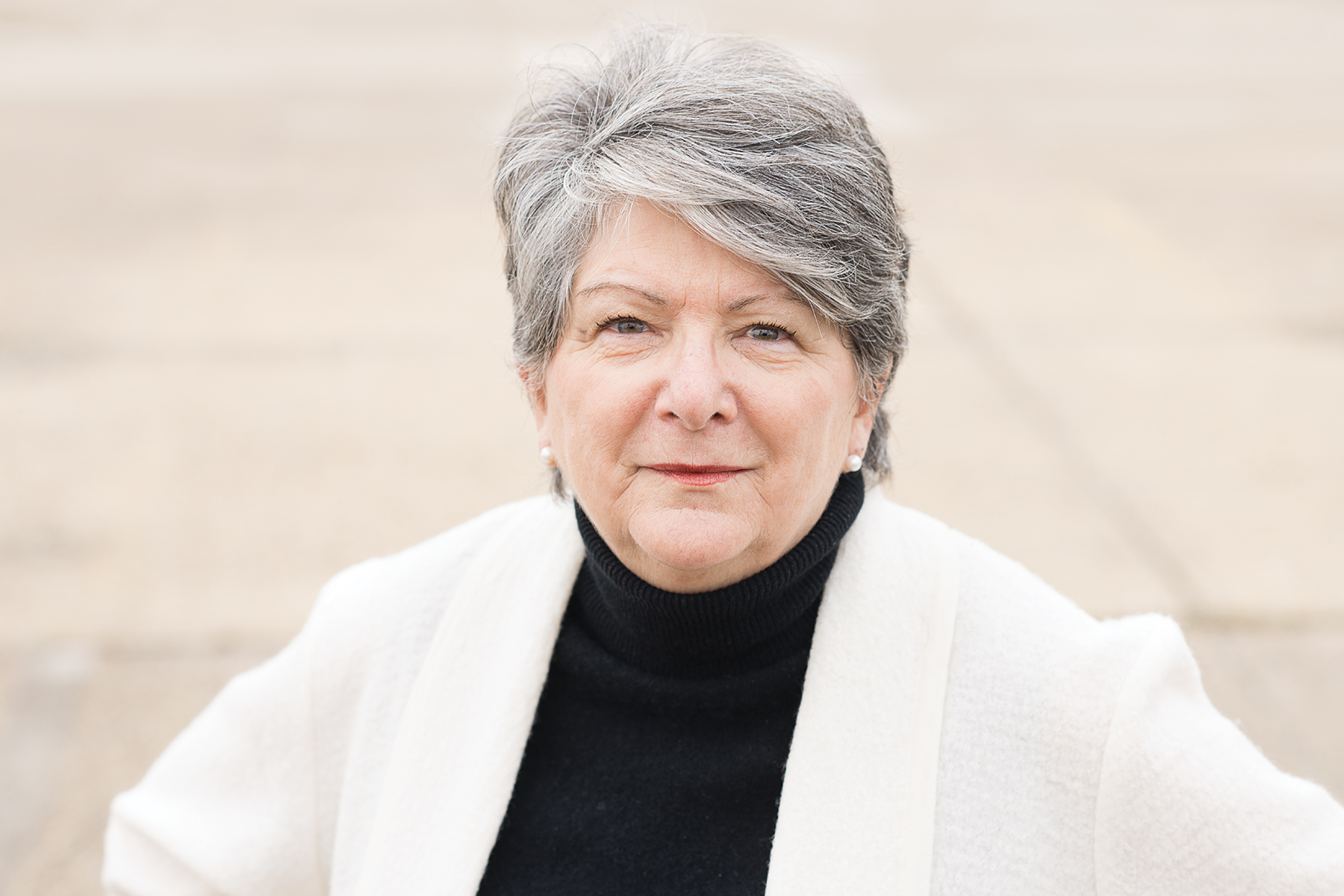Shelter-in-place orders be damned, the Dallas City Council did hold its regularly scheduled briefing yesterday via teleconferencing and with relatively few technological hiccups. And while the end of the meeting brought some COVID-related debate around a proposed eviction ordinance (more on that soon), it was comforting to settle into a few presentations revolving around the usual, drab city business. The most interesting briefing addressed the city’s revived effort to steer development around so-called Transit-Oriented Developments.
Transit-Oriented Developments, or TODs, are central to the long-promised benefits of Dallas’ light rail network. When DART originally proposed the system back in the 1980s, the hope was that new rail stations would spur on new developments of dense housing and commercial real estate. Despite the agency’s continued touting of its TODS, redevelopment around DART stations has only happened sporadically, perhaps most visibly at the Mockingbird Station. Yesterday’s presentation drove home how little development has actually been directly generated by the region’s light rail system.
Here are some of the most interesting numbers:




